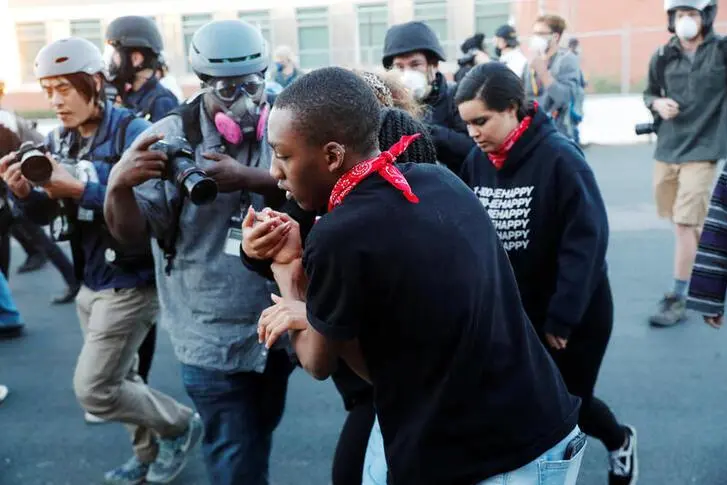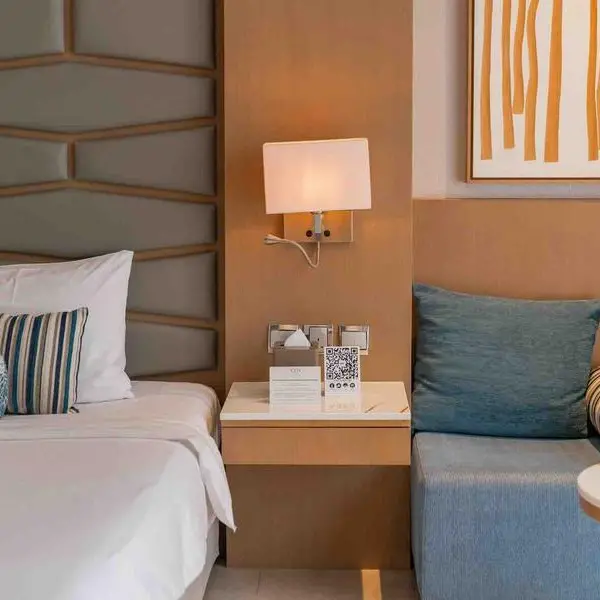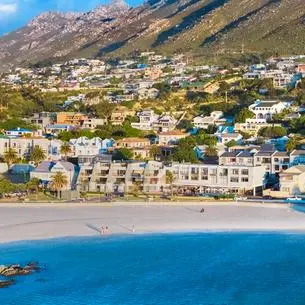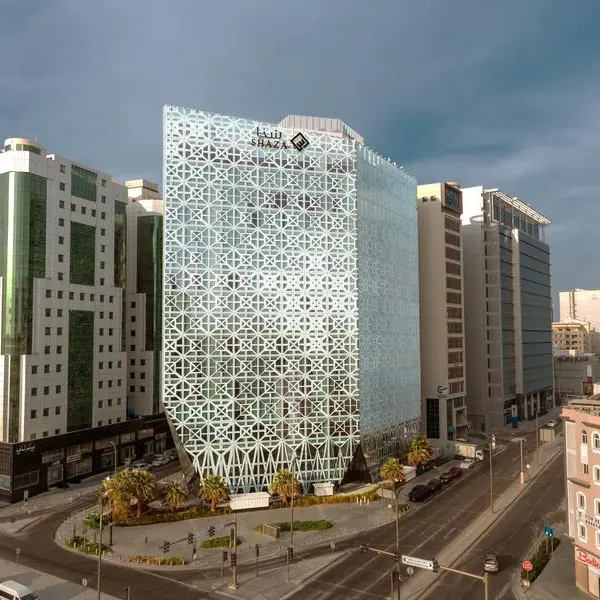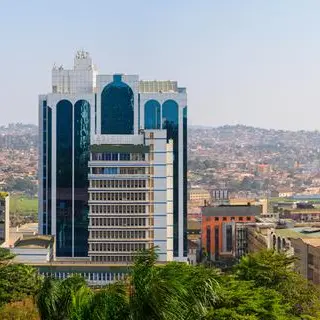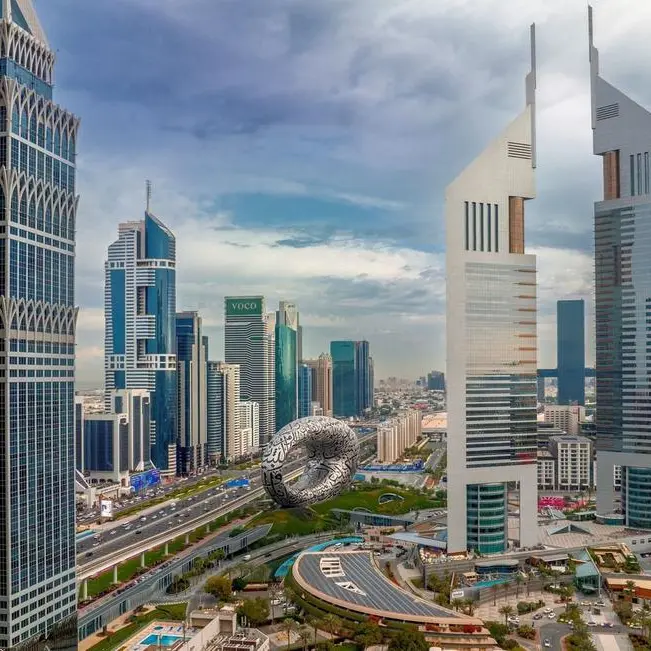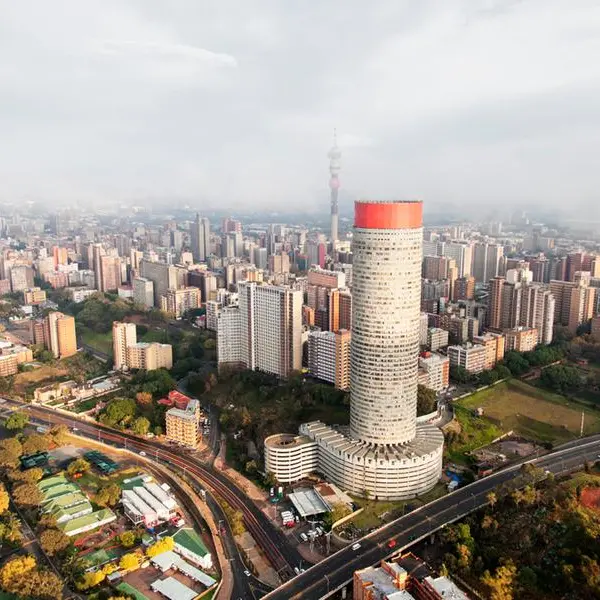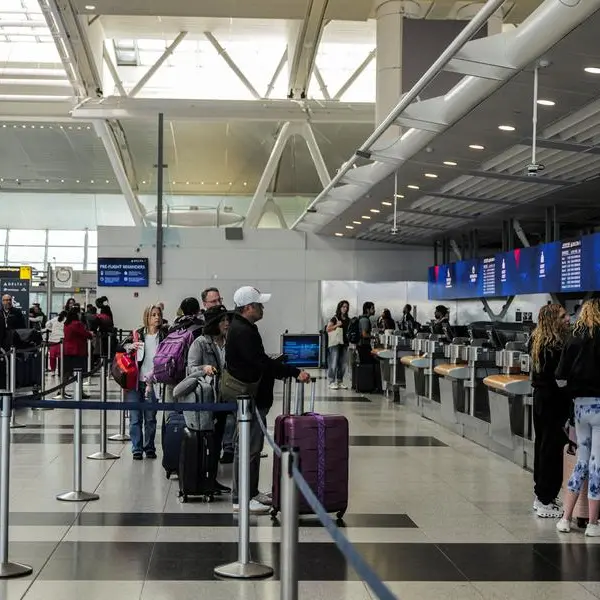PHOTO
Meet Natalie Naccache, a Lebanese-British documentary photographer based in Dubai, to whom photography is a medium to express herself and a means that helps change preconceived notions about the world. Natalie, who regularly contributes to international publications such as The New York Times, The Washington Post, Le Monde, and Der Spiegel, has also showcased her work in various international exhibitions.
Having grown up in London, her work breaks the stereotypes of the Middle Eastern society that exist in modern world.
wknd. sat down for a candid chat with Natalie Naccache to discuss her passion for photography, the challenges in her profession and what it means to be a photojournalist.
Edited excerpts from an interview:
How did you start out as a photojournalist?
When I got to 18 and it was time to decide what to do, I found a foundation course at Cornwall College of Arts. Once I got to the photography part, there was a segment on photojournalism, and I didn’t know this even existed as a job. You take photos but there’s a purpose to the photos. And you can even change the way people perceive things in the world. I fell in love with it.
After finishing the foundation course, I applied to the London College of Arts and was accepted on the spot during the interview. I interned at The Sunday Times magazine, The Guardian, a TV station in Lebanon, and I tried multiple different things to see what I liked.I was on the picture desk so I could see how the editors worked and I went to as many portfolio reviews as I could to meet as many editors as I could. When I graduated my final year project was about ‘the beauty culture in Lebanon’, and so I used to fly to Beirut to do my stories because there’s just so much to do in Lebanon, story-wise, and I wanted to change the way people viewed Lebanon. As soon as I graduated, I left my family and I moved to Beirut alone. I worked there for five years producing stories, so I started getting assignments from The New York Times, The Washington Post, lots of different newspapers and magazines.
Which was that moment that made you certain that photography was your calling?
I wanted to surprise people. I always loved showing my pictures to people and they’d say, “Oh I didn’t know that”, and that led to my main goal: changing the perceptions about the Middle East. At the end of the day, you are educating people about something. Photojournalism is documenting history, and you’re changing people’s way of thinking about the world, and once you change people’s way of thinking about the world, people become more tolerant, and when people become tolerant, you build a better society.
What about the UAE inspires the artist in you?
UAE as a country is growing so fast that I am not able to keep up. I have been here for eight years. The last few years have been kind of explorative, which is really exciting. I have been documenting all the milestones. I shot when they went to Mars, which was super exciting, the women space mission, and many other milestones. I love how the UAE is breaking boundaries. Right now, the UAE is leading in the world. Now they are calling UAE the country of opportunities. Before it used to be the American dream, but now everyone is coming to the UAE, because now it is the UAE dream. So much has changed, so much has been achieved, and that’s really inspiring.
You are a mother and a photojournalist, how do you juggle the two roles that demand you to be so hands-on? What are the challenges of being a female photojournalist?
Yes, I have two daughters. In my industry, it’s quite a taboo to have children as a woman. Because editors automatically assume that you won't have time to travel on assignments, to leave your kids. But I still travel on assignments and leave my kids here. I have a support system. I need my daughters to see me work. I want them to know that they can have a family, they can work, they can have a life, and they’re not just a mum.
But apart from that, being a woman in this region is to my advantage. Because I get access everywhere. I actually have more access than male photographers do in this region. I use my gender to my advantage.
The Sette Project, a documentary on the murder of your grandmother, must have been one of the most personal and yet challenging projects of your career. Was it cathartic to make it in the first place?
That was probably one of the toughest stories that I did. I don’t know, maybe it was a way of releasing some trauma, maybe, and it might have retriggered my family. It was painful for them to see, but they supported me. Interviewing my family was intense, it was a very hard story to do, and also because I was living in the house where it happened. So, after the interviews, I am like literally where it happened, so, it was hard. But when they saw the final project they were just emotional, and to everyone who knew what happened there were like “this is perfect.” I couldn’t have done it any differently.
As a photojournalist, how do you distinguish between the photoworthiness of a subject and its newsworthiness?
It’s a balance. You have to make sure that you have both information and beauty in the same picture. If it’s not beautiful or it's not nicely composed, people are less likely to look at it. What you want to have is people looking at your picture. It's not exactly a challenge, it's a part of the job. You have to know when to position yourself and know when and how to take the picture. And be at the right place at the right time. I have found a balance to switch my brain off, and found a balance between my work and personal life. But I also agree that, when you are taking pictures, for me it's the purest form of presence, because you are properly looking at what is going on right now.
How is photojournalism different from documentary, and which of the two do you think is more impactful?
Photojournalism is more news photography, like getting the images, all day-to-day stuff. Documentary is done at a slower pace, so I take my time doing stories. Photojournalism is like go-go-go; documentary photography is much slower. And you get to go deeper into people’s lives and stories. When it comes to photojournalism, you are focusing most on what's wrong with the world, and in the case of Lebanon, you never see high-society photographs, so I wanted people to see that side, to see how fabulous they look. Because at the end of the day, society is a broad spectrum of different classes; just because they are rich doesn’t mean they shouldn’t be photographed. I continue to document modern day society in the Arab world; that’s what I want to continue to do. And continue to surprise and enlighten my audience and educate. Definitely educate.
AI is rewriting the rules of visual arts. Is this disruption good or bad for photographers?
Nothing is gonna replace the human heart. I don’t think anything will replace the human heart and human emotions. As a photographer when I shoot, I shoot from emotions and what I am feeling at that time. I decide when to click the shutter. AI doesn’t have that yet. It doesn’t have the personality yet. It can’t decide what’s going on in front of me. So it’s impossible. There’s no competition.
Which is your most memorable project to date as a photojournalist?
The one about the Syrian refugees called Our Limbo is one of my favourite stories that I have done because of how deep it went in, their journeys, and how personal it was for them as well. It was a journey that we shared, that they shared around with each other. And it wasn’t just photography, it was different mediums of storytelling, the goal was storytelling, where it was nicely done using photos, videos, texts, paintings, just to express how they felt. So it wasn’t strictly photography.
Copyright © 2022 Khaleej Times. All Rights Reserved. Provided by SyndiGate Media Inc. (Syndigate.info).
